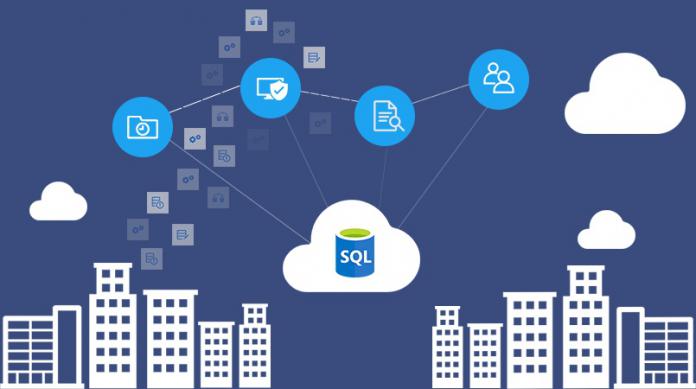Along with the GA of SQL Server 2017, Microsoft also announced new innovations in SQL Server Analysis Services (SSAS). SSAS give IT admins the tools to create semantic models across integrated managed datasets. It runs on Windows and is combined with the SQL Server BI suite. With SSAS 2017, Microsoft has added new modelling and connectivity features, alongside analytic solutions for enterprise customers. The company added the following new features to SSAS 2017:
New infrastructure for data connectivity and ingestion into tabular models with support for TOM APIs and TMSL scripting. This enables support for a range of additional data sources, and data transformation and mashup capabilities. Support for BI tools such as Microsoft Excel enables drill-down to detailed data from an aggregated report. For example, when end-users view total sales for a region and month, they can view the associated order details. Object-level security to secure table and column names in addition to the data within them. Enhanced support for ragged hierarchies such as organizational charts and chart of accounts. Various other improvements for performance, monitoring, and consistency with the Power BI modeling experience
SQL Server 2017
Microsoft has been developing and previewing SQL Server 2017 through several release candidates. To get SQL Server functioning on Linux, the company uses Microsoft Research “Drawbridge” technology. Drawbridge has been in development for years and is part of Microsoft Research’s adaptation of the Library OS. SQL Server 2017 has moved through seven Community Technology Previews. Through development, Microsoft has introduced Python integration, Linux support, adaptive query processing, and the following features:
“SQL Server on Linux Active Directory integration Transport Layer Security (TLS) to encrypt data SQL Server Analysis Services (SSAS) Machine Learning Services enhancements SQL Server Integration Services (SSIS) on Linux SQL Server Integration Services (SSIS) on Windows Server”




